Iris Recognition Report: Implementation, Analysis and Evaluation
VerifiedAdded on 2022/08/22
|9
|359
|19
Report
AI Summary
This report provides an in-depth analysis of iris recognition, exploring the implementation and evaluation of various methods. It begins by introducing biometric systems and their applications, focusing specifically on iris recognition. The report then delves into the technical aspects, including image processing techniques, edge detection, and normalization. The study examines the challenges associated with iris recognition, such as noise and occlusion, and discusses the importance of iris radius. Furthermore, the report explores the use of standard camera equipment and the critical role of image quality in the recognition process. Overall, the report offers a comprehensive understanding of iris recognition, providing valuable insights into its practical applications and underlying methodologies.
1 out of 9
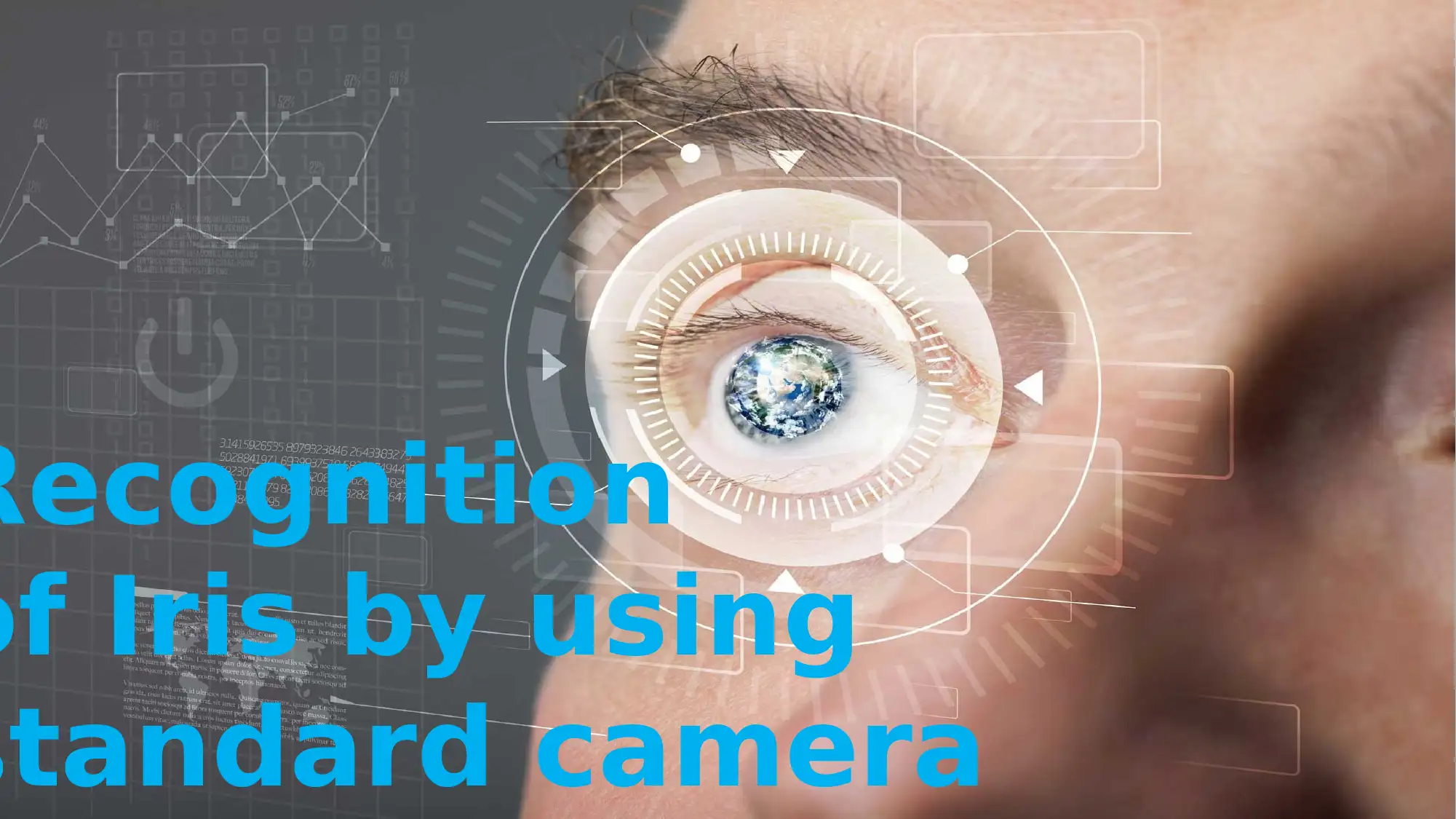
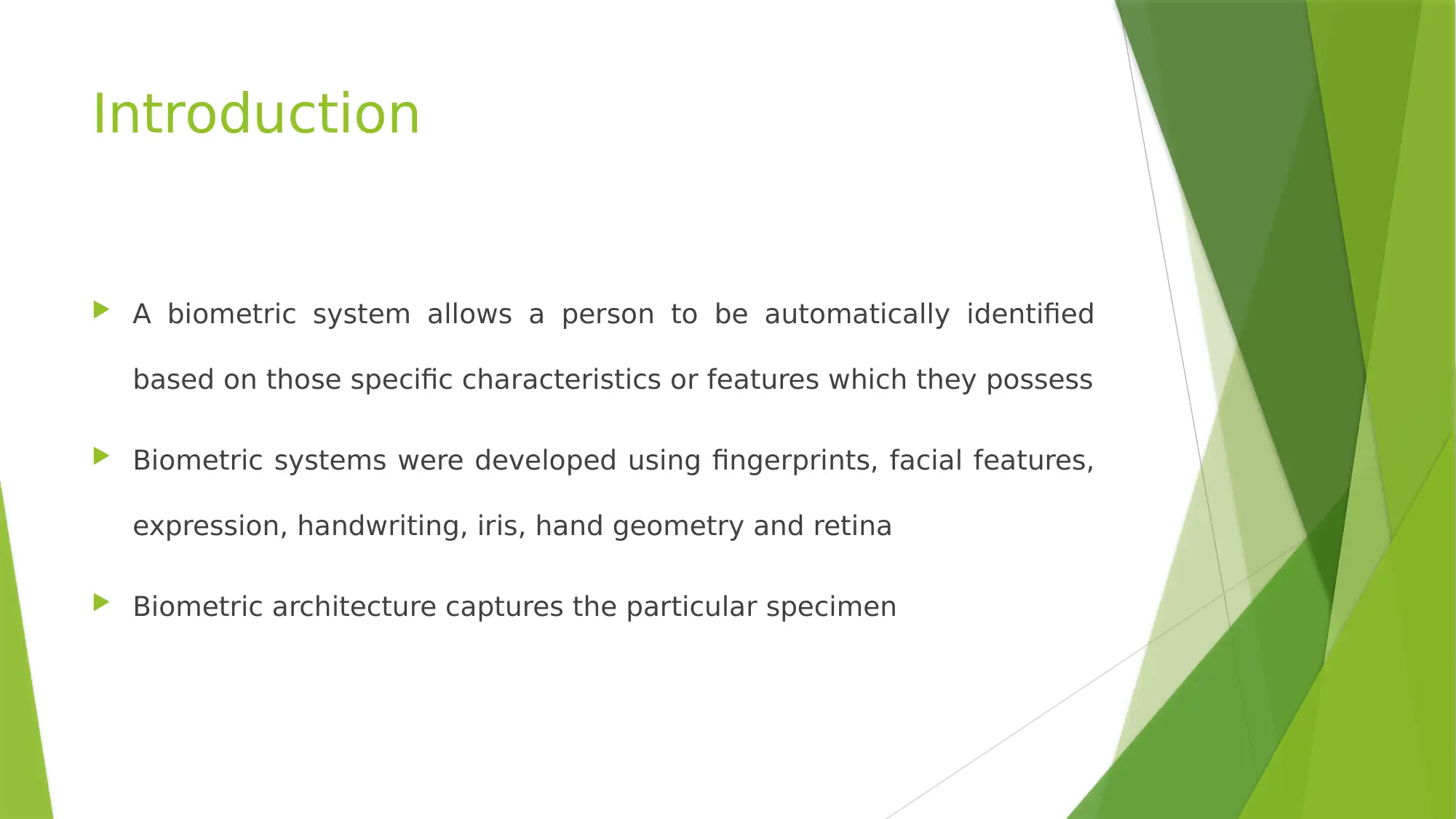
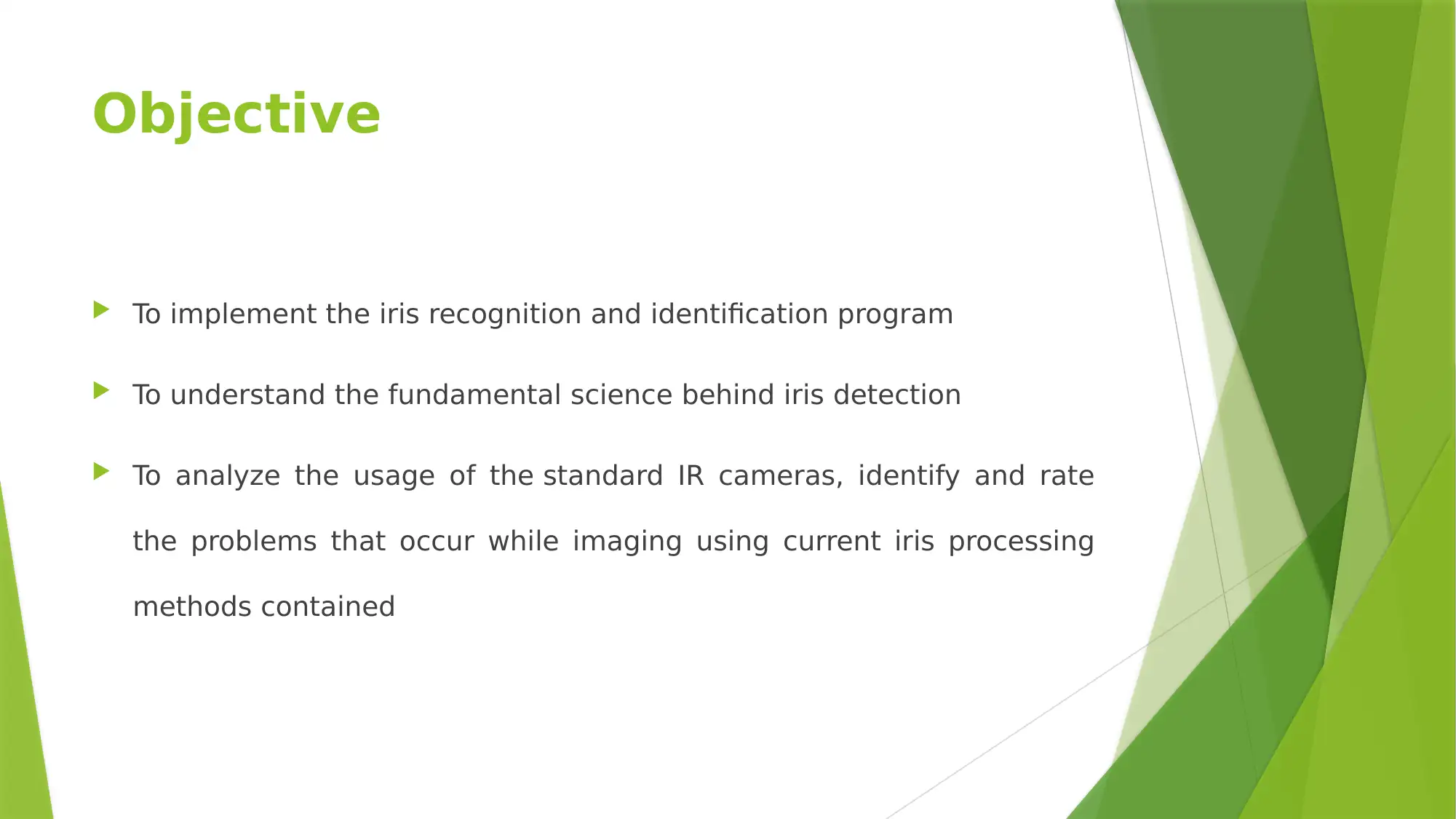


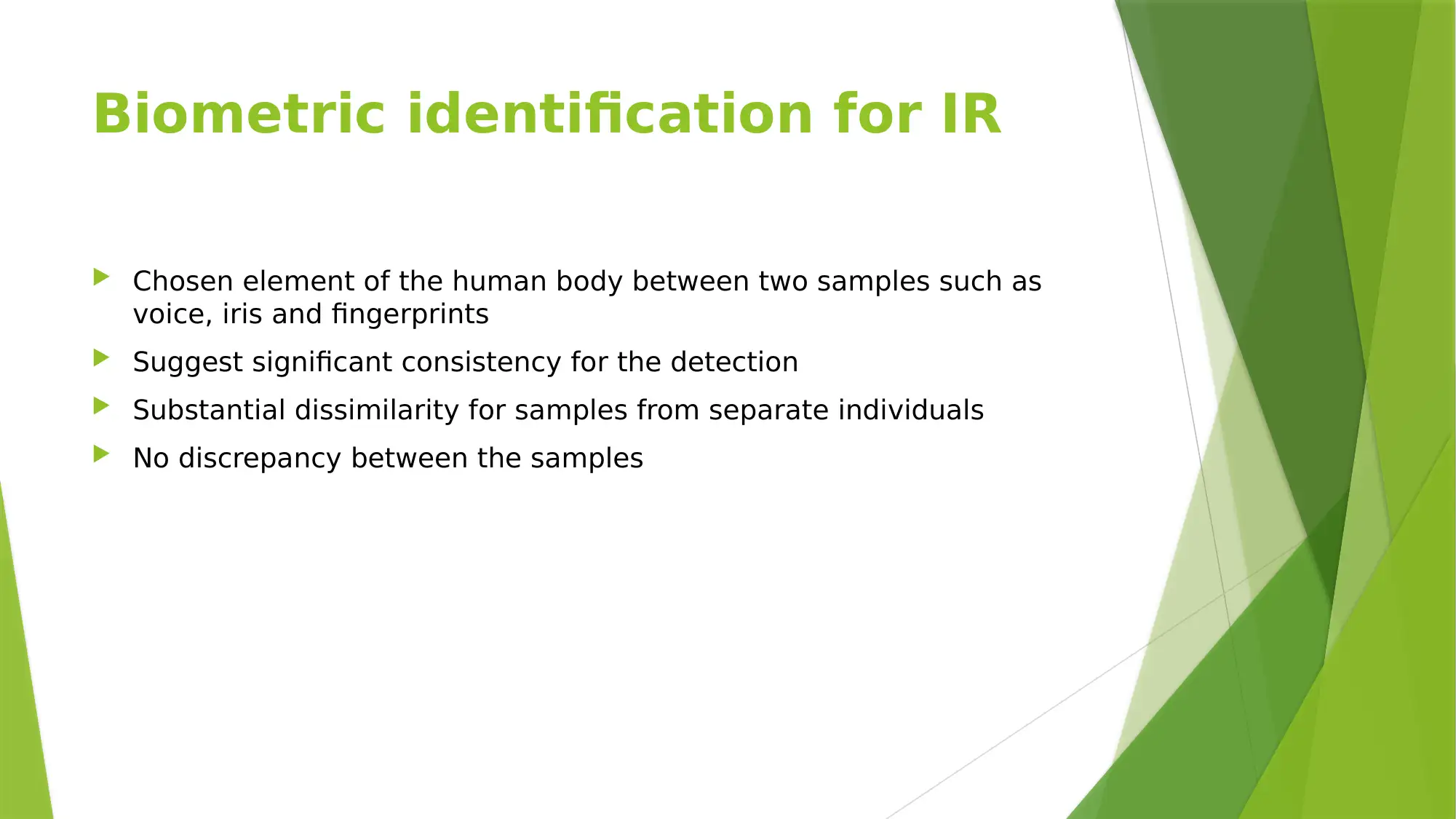
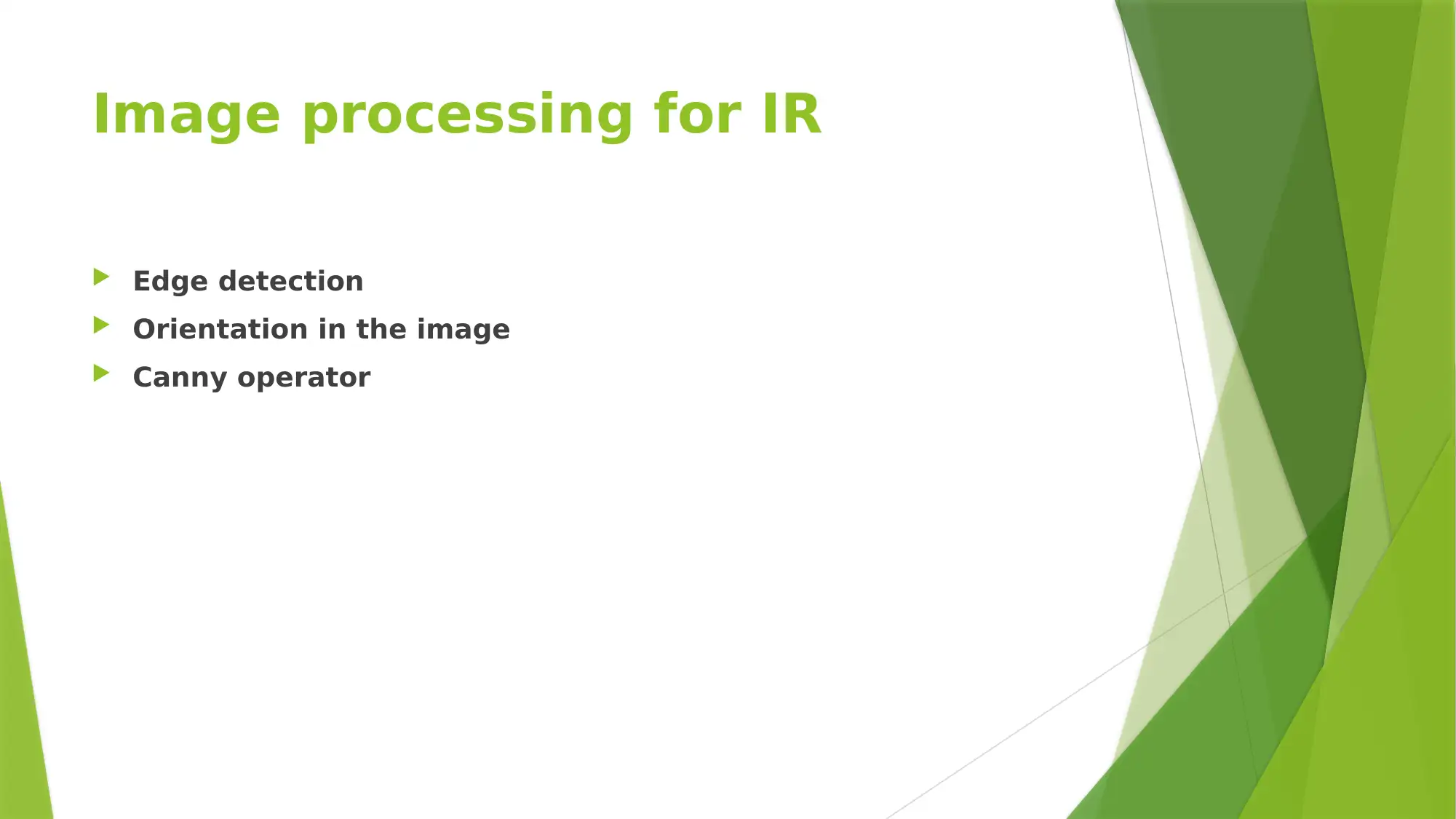
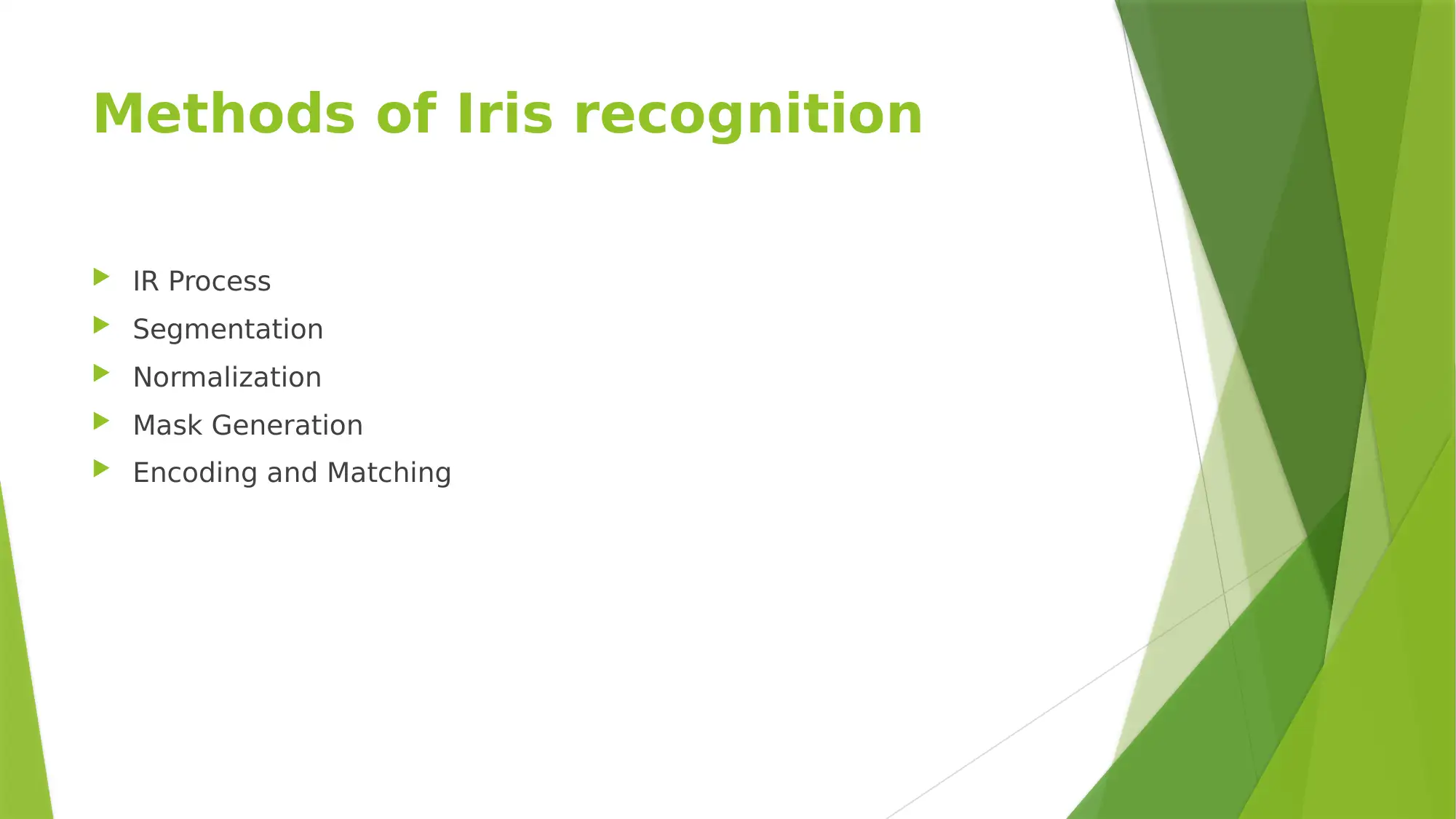
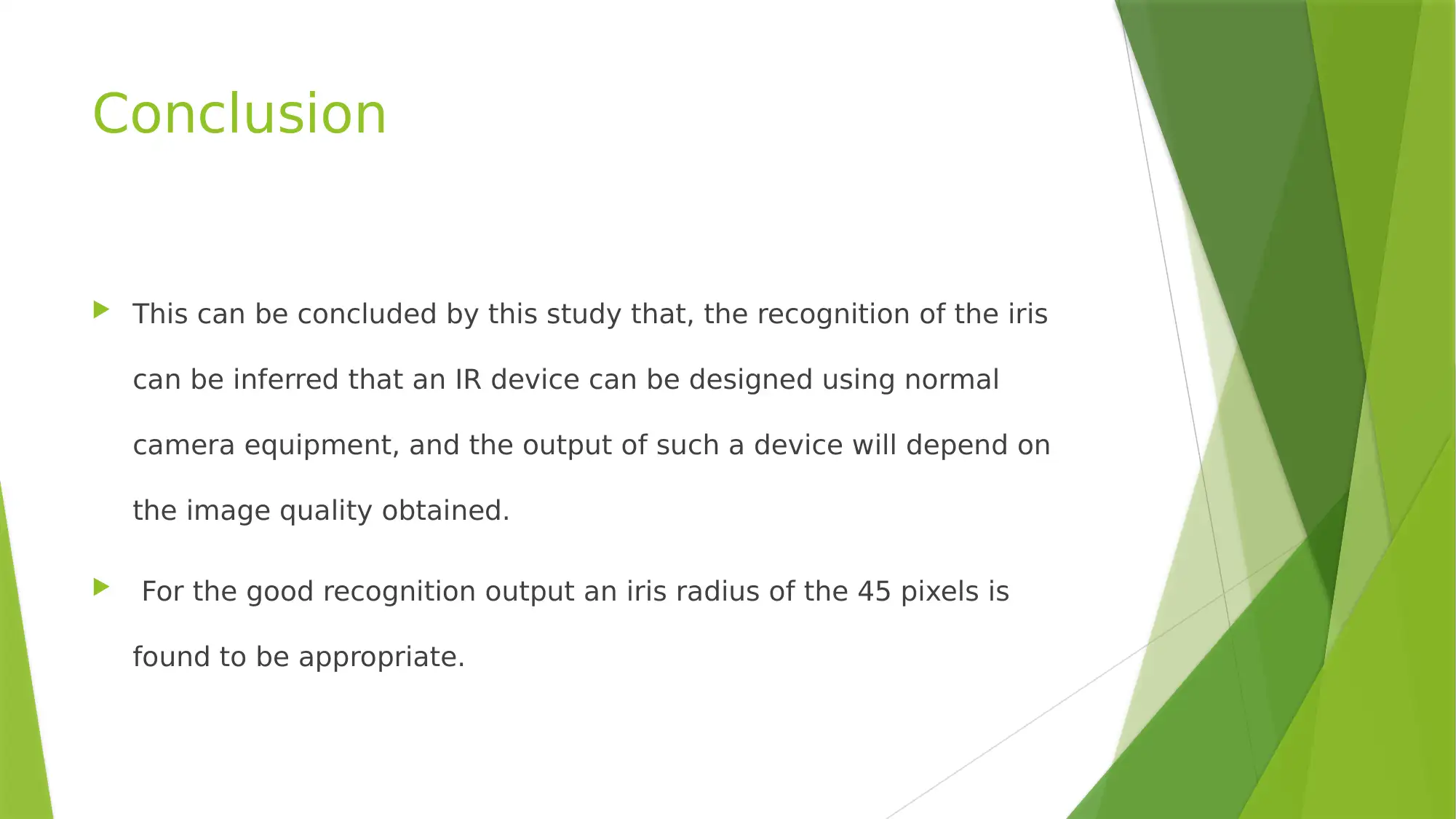
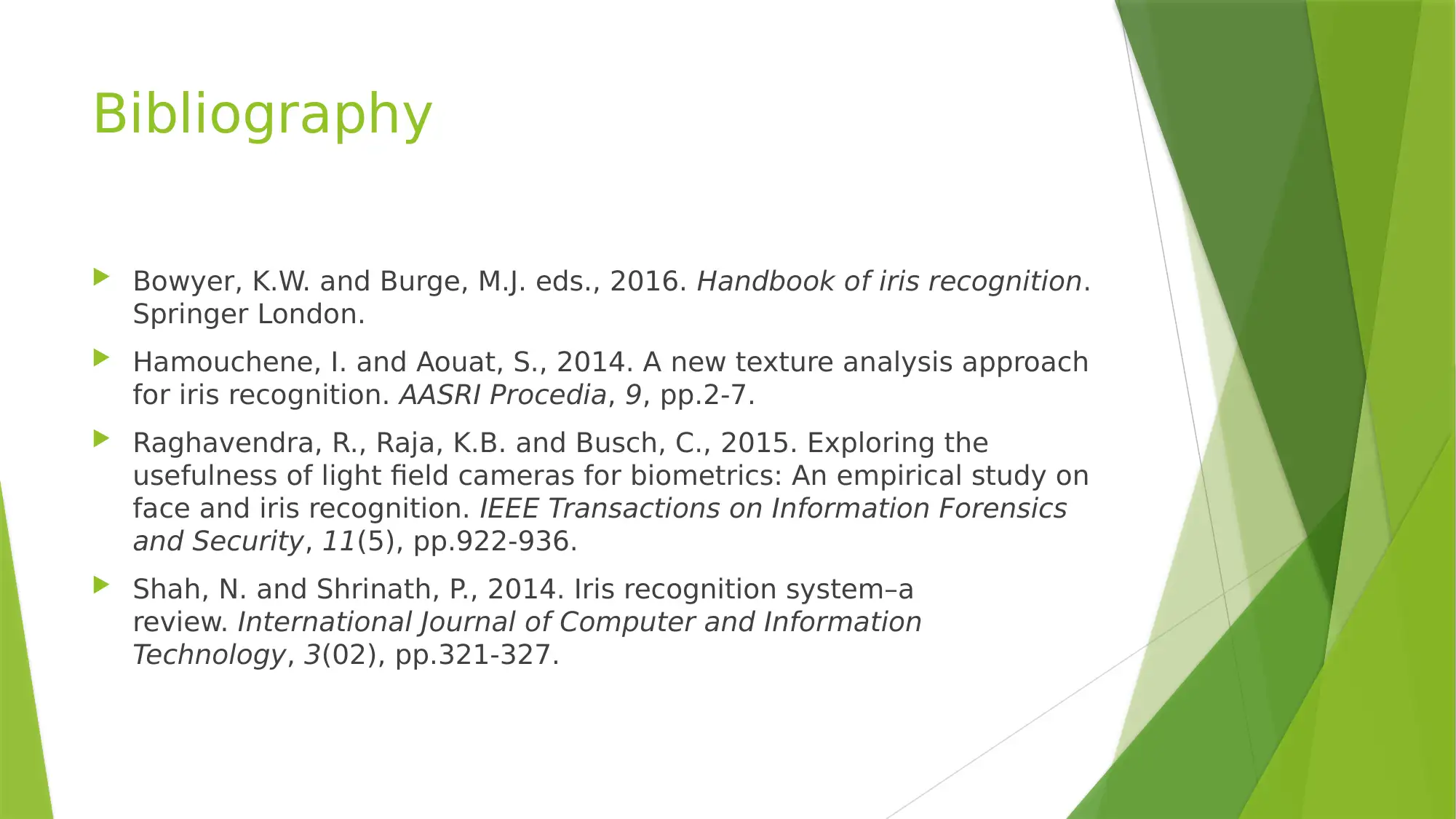






![[object Object]](/_next/static/media/star-bottom.7253800d.svg)